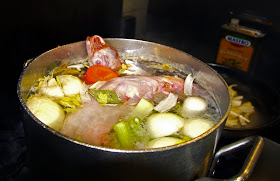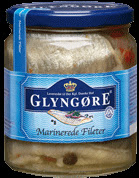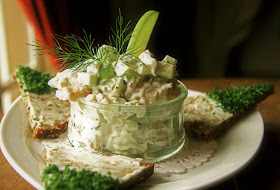 As with many traditional stews, what went into the pot was based on what was cheap and readily available, and in Louisiana that meant seafood, chicken, sausage, game, and vegetables such as okra peppers and onions were all used in varying proportions depending on the region and season.
As with many traditional stews, what went into the pot was based on what was cheap and readily available, and in Louisiana that meant seafood, chicken, sausage, game, and vegetables such as okra peppers and onions were all used in varying proportions depending on the region and season.Gumbo can be divided into two broad categories Cajun and Creole. Creole gumbo most often consists of seafood, tomatoes, and either filé powder (ground sassafras leaves) or okra as a thickener, and is more popular in the coastal regions. Cajun gumbo is generally based on a dark roux and is spicier, more often using game and chicken as the protein, and is more popular in the interior. Both types can contain sausage, bacon, or ham to enrich the the flavour.
 |
| Andouille sausage |
In the tradition of using leftovers and whats on hand, I used a couple of rabbits, smoked side bacon and a couple of pounds of alligator meat I kept from a recent event, to make this Cajun style gumbo last week.
First I poached the rabbits for an hour in a court bouillon flavoured with carrots, onions, celery, bay leaves, garlic, and thyme. When the rabbits cooled I shredded the meat off the bone and set aside.
 I cut 1cm cubes of the side bacon as well as diced onion, celery and bell peppers.This combination of vegetables in known as then as holy trinity of Cajun cuisine and is based on the refogado used in classic Spanish cooking.
I cut 1cm cubes of the side bacon as well as diced onion, celery and bell peppers.This combination of vegetables in known as then as holy trinity of Cajun cuisine and is based on the refogado used in classic Spanish cooking.
The alligator meat came from my seafood supplier, but it can be found in specialty butchers such as Whitehouse Meats at the St Lawerence Market in Toronto.
 |
| cooking the roux |
When the roux is the proper colour add the bacon and vegetables to stop the cooking process. Continue to cook the vegetables and bacon until translucent.
 I added bay leaves, fresh thyme, Paul Prudhomme's Poultry Magic seasoning, and chicken stock as well as about two pounds of sliced okra to the stew and let it simmer for half an hour. The raw diced alligator and shredded rabbit were added and simmered for another half hour and the Gumbo was done. I garnished the dish with whole beer battered okra, rice and hot sauce. It was a unique and delicious experience.
I added bay leaves, fresh thyme, Paul Prudhomme's Poultry Magic seasoning, and chicken stock as well as about two pounds of sliced okra to the stew and let it simmer for half an hour. The raw diced alligator and shredded rabbit were added and simmered for another half hour and the Gumbo was done. I garnished the dish with whole beer battered okra, rice and hot sauce. It was a unique and delicious experience.











